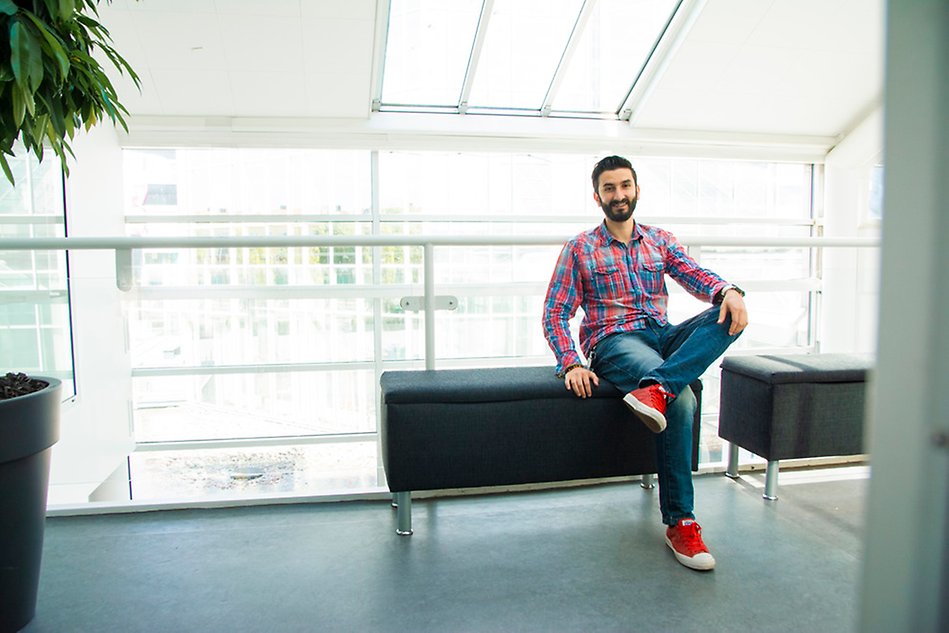How can we better manage all collected data?
Sensors in houses, cars, gadgets – and on humans – generate huge amounts of data every second. In order to process, analyse and react to the results of collected data, the demands on computer performance increases. Part of the solution is a so-called manycore architecture, a hardware architecture that contains several hundred, or even a thousand, processor cores, which improves the capacity of a computer. In a recently published doctoral thesis from Halmstad University, methods and tools are presented that can help both hardware and software developers to design the next generation of computers.
Süleyman Savaş, a doctoral student at the School of Information Technology at Halmstad University, presents in his doctoral thesis ways that can help software and hardware developers to design computers with enhanced performance and computational power.
”The aim of my research is to help hardware and software developers to process all kinds of data that is being collected by sensors surrounding us.”
Süleyman Savaş
Text: Louise Wandel
Photo and video: Ida Fridvall

Süleyman Savaş presents his thesis at the doctoral defense at Halmstad University on May 28, 2019.
About the doctoral defense
Süleyman Savaş presents his thesis on May 28 at 13:15 in Wigforss, Visionen at Halmstad University.
Thesis titel: Hardware/Software Co-design of Heterogeneous Manycore Architectures  External link.
External link.
Opponent: Professor Jari Nurmi, Tampere University, Finland
Committee: Professor Håkan Grahn, Blekinge Institute of Technology, Docent Sven Karlsson, Ericsson Research and Associate Professor Angeliki Kritikakou, IRISA/INRIA, Rennes, France
Supervisor: Professor Tomas Nordström, Halmstad University
Co-Supervisor: Docent Zain Ul-Abdin, Halmstad University
Read more
A news article about Süleyman Savaş research was published in conjunction with his licentiate seminar in June 2017:
Big data requires better computers – Halmstad researcher takes processing power one step further

